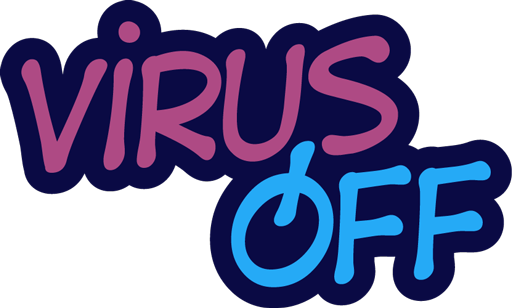A preliminary investigation into the HIV reservoir in breast milk has provided encouraging results, revealing that levels are significantly limited in two women with long-term viral suppression. According to Dr. Natalia Laufer, an infectious disease researcher at the University of Buenos Aires, no copies of HIV RNA were found in the breast milk of these participants. One woman is an elite controller (EEC) with nine years of spontaneous viral control, while the other has maintained undetectable viral loads for years on antiretroviral treatment (ART).
The study noted very low concentrations of cellular HIV DNA, measuring 0.08 and 0.74 copies per million cells, respectively. The EEC showed no detectable HIV provirus, whereas the ART participant had only four defective HIV copies among 11 million cells, as reported in the Annals of Internal Medicine.
Dr. Laufer highlighted that “the most significant finding is the extremely low levels of cellular HIV DNA in both women, coupled with the absence of intact HIV in the breast milk of the elite controller.” This study marks the first detailed examination of the HIV reservoir in breast milk, offering new insights into how the virus behaves during lactation and contributing to ongoing research on the “optimal virological scenario” for women living with HIV (WLWH) who wish to breastfeed.
Historically, high-income countries have advised WLWH against breastfeeding to eliminate any potential HIV transmission risk. However, guidelines are evolving in response to the desires of WLWH to breastfeed and the emerging principle that “Undetectable = Untransmittable.” Earlier this year, the American Academy of Pediatrics endorsed breastfeeding for certain WLWH on ART.
For WLWH not receiving ART, the risk of HIV transmission through breast milk can range from 16% to 20%, particularly in regions where access to safe formula and clean water is limited. Editorialists, including Dr. Lynne Mofenson from the Elizabeth Glaser Pediatric AIDS Foundation, cautioned that while sexual transmission is effectively mitigated in those with sustained undetectable viral loads, breast milk transmission remains a low yet non-zero risk.
Dr. Laufer acknowledged that the principle of “Undetectable = Untransmittable” is not wholly applicable to breastfeeding, but emphasized that current findings are promising. She stated, “Close monitoring and adherence to ART could lead to an extremely low risk of HIV transmission during breastfeeding, which may influence future guidelines.” This information is vital in situations where formula feeding is impractical or unsafe.
The authors concluded that this preliminary research demonstrates the feasibility of evaluating the HIV landscape in breast milk and sets the stage for future studies involving larger groups of WLWH with sustained viral suppression receiving advanced ART.
The research was prompted by a patient known as the “Esperanza patient,” an EEC with nine years of viral control who voluntarily extracted breast milk for the study, although she did not breastfeed. The second participant, also a WLWH on abacavir-lamivudine-dolutegravir, maintained an undetectable viral load for over five years and successfully breastfed for 12 months without transmitting HIV to her child. An HIV-negative woman served as a control for the study.
To assess HIV viral loads in breast milk, the research employed centrifugation methods, with a quantification limit of less than 40 HIV RNA copies/mL, while HIV DNA was evaluated through polymerase chain reaction (PCR) testing and full-length individual proviral sequencing (FLIPS).
Despite the promising results, the study faced limitations, including a small sample size of just two WLWH and limited follow-up. The team recognized that the study was not specifically designed to evaluate the risk of HIV transmission.
Moving forward, Dr. Laufer indicated that the research team aims to explore larger cohorts of WLWH to investigate how various ART regimens and the duration of viral load suppression influence HIV reservoirs in breast milk, ultimately informing breastfeeding guidelines.



